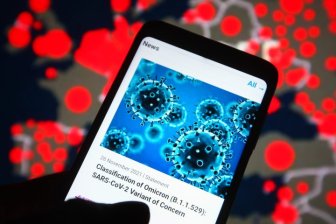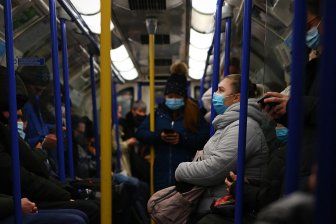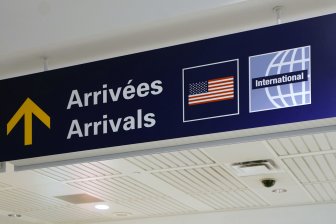A man with severe mobility issues alleges that Vancouver police repeatedly punched and kicked him during an incident at a city bus stop.

Article content
A man with severe mobility issues alleges that Vancouver police used excessive force and beat him up during an incident this past summer at a city bus stop.
Advertisement
Article content
Daniel Jardine de Villiers, 54, makes the claims in a lawsuit he filed recently in B.C. Supreme Court in Vancouver.
He says that prior to the incident on the evening of June 2, he went to the Cambie Village Shoppers Drug Mart at 3277 Cambie St. to pick up a prescription.
Afterwards, he was sitting on a bench in front of the store waiting for a bus to go home when a male and a female officer, who are unknown to him and are only referred to as John Doe 1 and Jane Doe 1 in the lawsuit, parked their police vehicle in the bus stop.
He says that he asked them to please move the vehicle, explaining that he had mobility issues which, according to the lawsuit, include chronic pain, a left pelvis with no ball-and-socket joint, one leg shorter than the other, and a right knee that does not bend past 90 degrees.
Advertisement
Article content
De Villiers, who walks with a cane, says that the two officers, who were not in uniform, approached him and began to “aggressively” interrogate him, including threatening to arrest him for uttering a threat, obstruction of justice, and carrying a concealed weapon — a box cutter visible in his satchel.
“After several minutes of escalating verbal interaction, John Doe 1 asks the plaintiff, ‘How about I just beat you?'” says the notice of civil claim.
“A crouching John Doe 1 then grabs the seated plaintiff by the throat with his left hand and punches him once and then three more times in the head with his right hand. At this time, Jane Doe 1 is behind the bench.”
De Villiers, who has been charged with two counts of assaulting a police officer in connection with the incident, denies being in possession of a weapon or assaulting police.
Advertisement
Article content
He claims that the male officer forced him down onto the bench, with de Villiers facing upwards for a couple of seconds before being rolled onto the ground face down.
After the plaintiff put his hands behind his back and was handcuffed, the male officer then proceeded to repeatedly grind de Villiers’ face into the pavement and also kicked him, says the writ.
Jane Doe 1 was on the plaintiff’s legs, bending them backwards in an apparent attempt to hogtie him and made no attempt to stop the beating, says the lawsuit.
“On at least one occasion, the plaintiff loses consciousness.”
Four other officers, also not identified, arrived at the scene, but none stopped the beating, says the suit.
De Villiers claims he suffered a number of injuries, including a fractured skull, a fractured eye socket, a broken nose, facial lacerations that required stitches, broken ribs, and ripped knee ligaments.
Advertisement
Article content
When de Villiers was rolled over, he was covered in blood and when the four male officers who had just arrived carried de Villiers to a police vehicle, one of them told bystanders that a beating always looked worse that it was, according to the suit.
After putting him in the vehicle, several of the officers walked over to take selfies of the plaintiff’s bloodied face and body, says the lawsuit.
“The plaintiff had no weapon. The plaintiff, who is lame, did not get up or attempt to get up from the bench. And the plaintiff did not assault any police officer,” it says.
“The plaintiff tried to protect his disabled hip and knee, protect his face from being ground into the pavement, protect his body from being beaten, and protect his face from being punched. The plaintiff did not resist arrest.”
De Villiers was taken to Vancouver General Hospital where he received stitches to his face and the blood was cleaned off, says the suit.
No response has been filed to the lawsuit, which contains allegations that have not been tested in court.
Named as defendants are the six unidentified officers and the City of Vancouver. The city and Vancouver police said they had no comment as the matter was before the courts.
twitter.com/keithrfraser
Man with mobility issues alleges Vancouver police beat him up at bus stop - Vancouver Sun
Read More
















